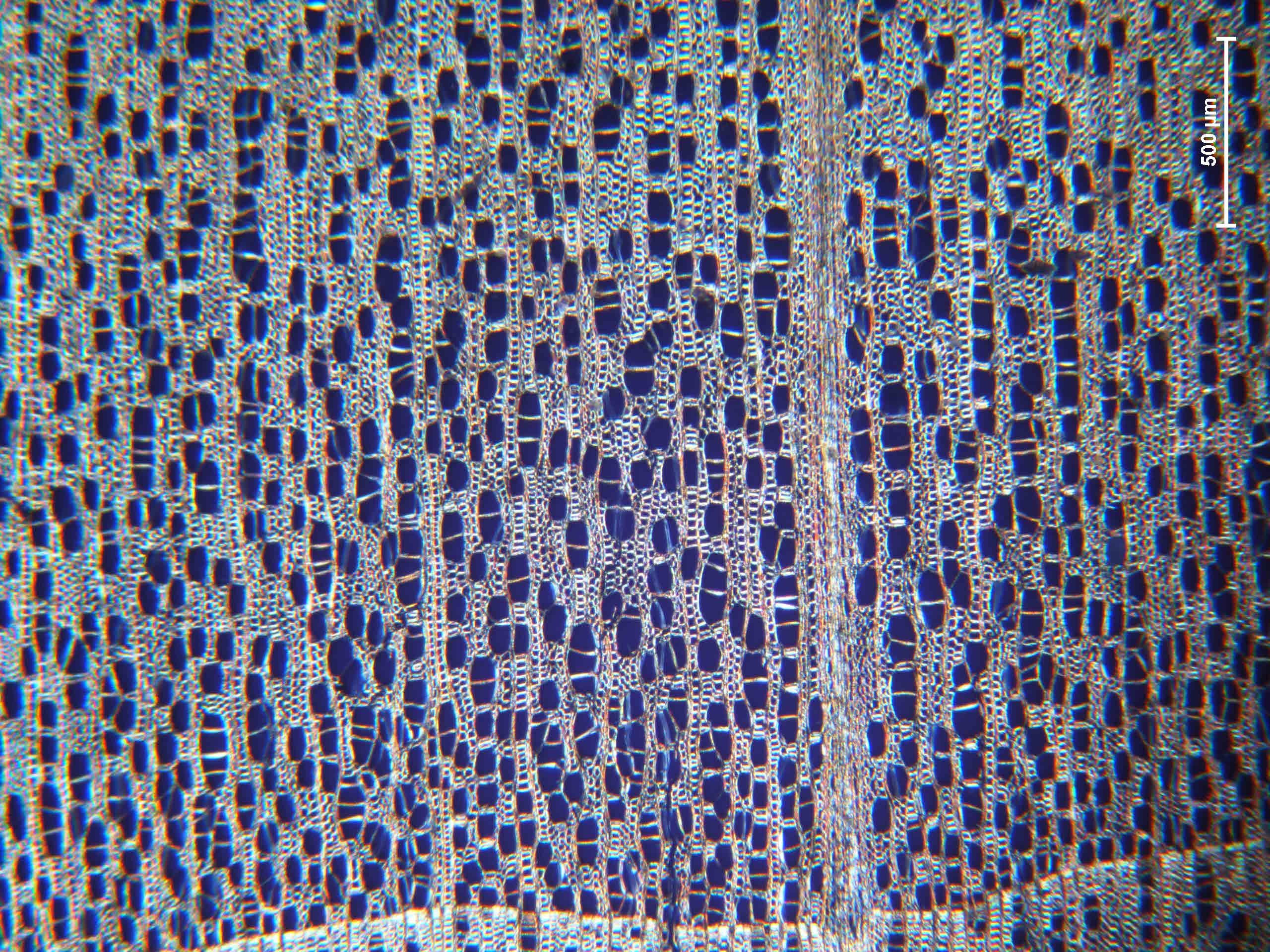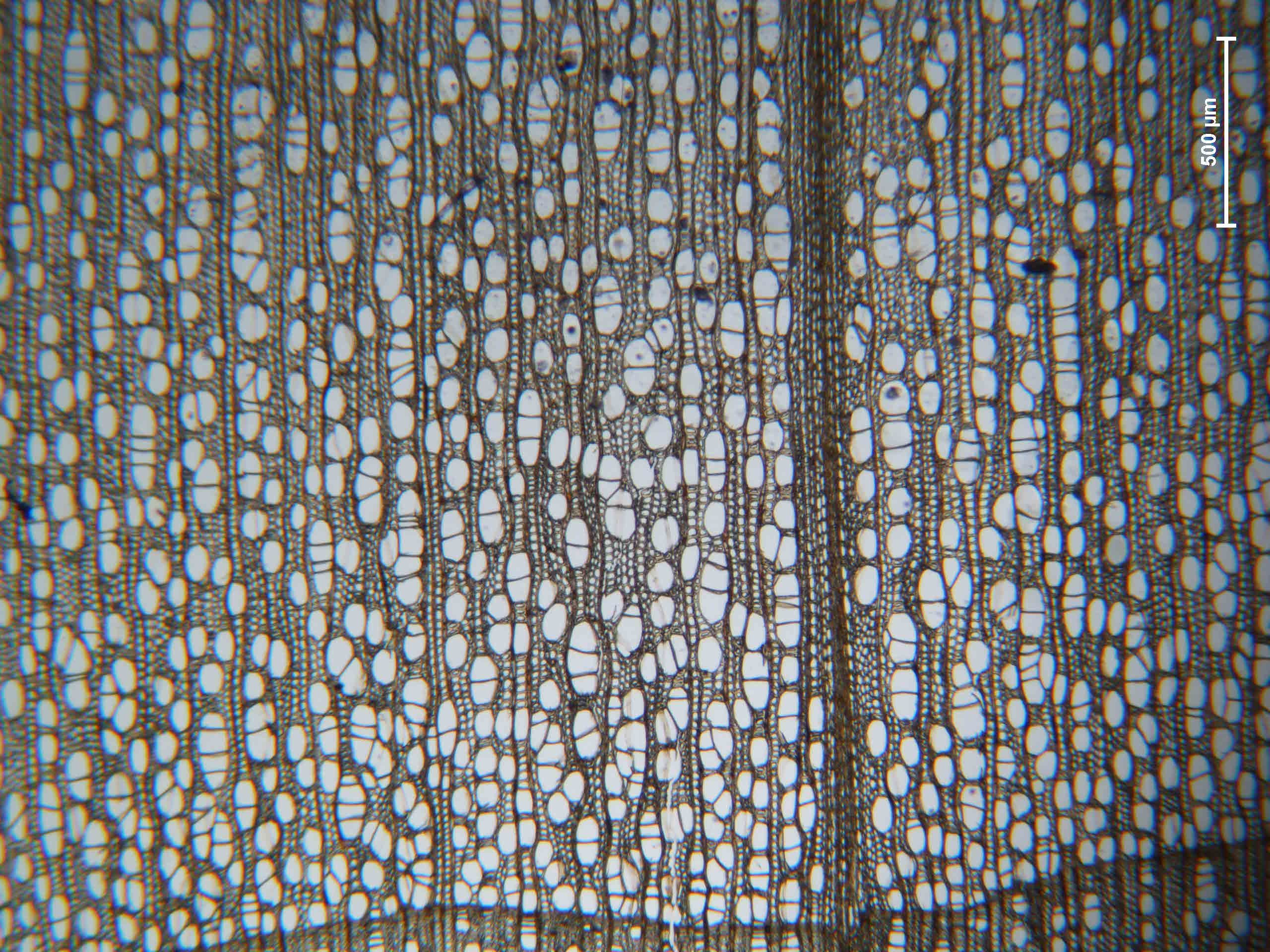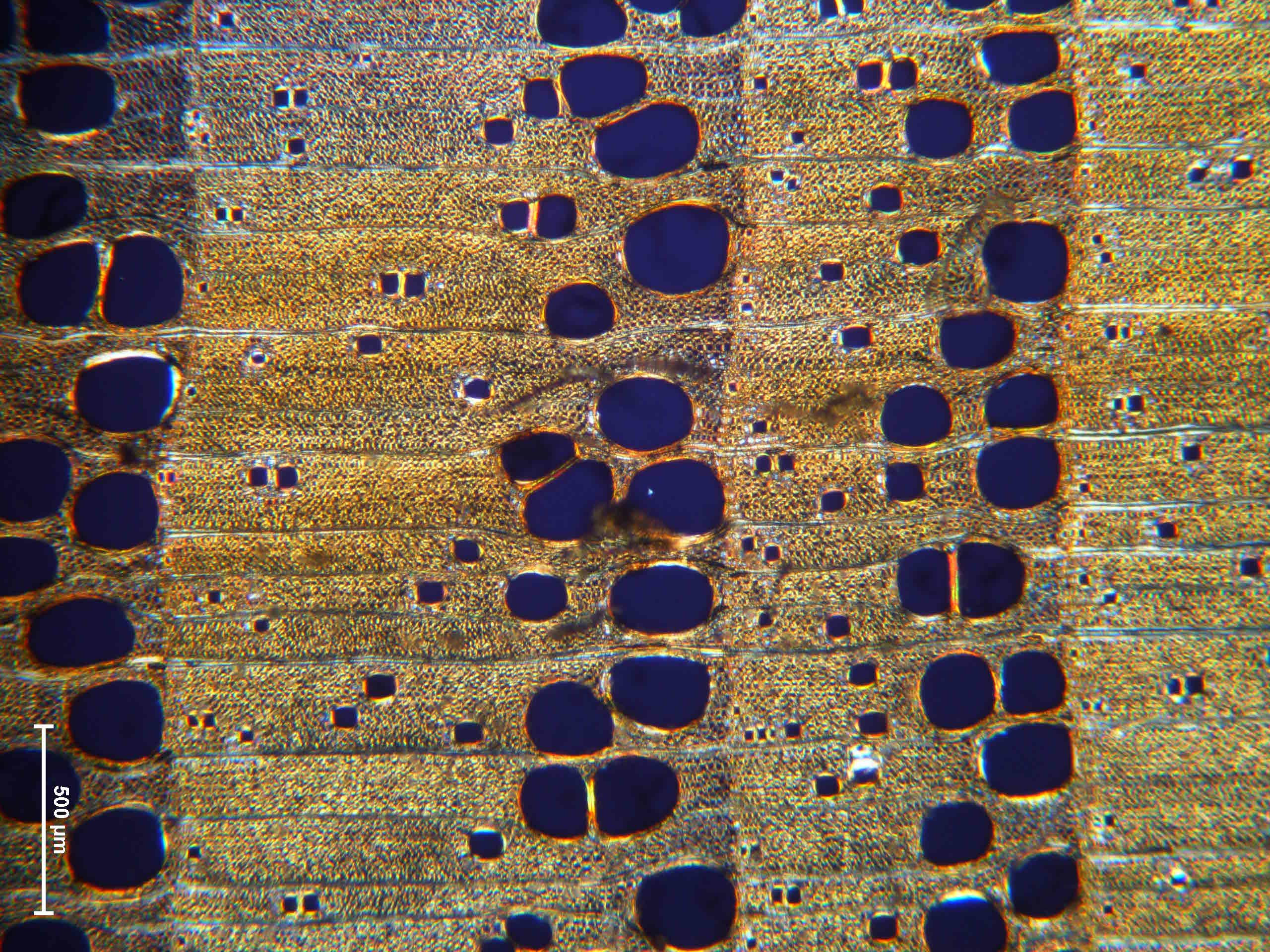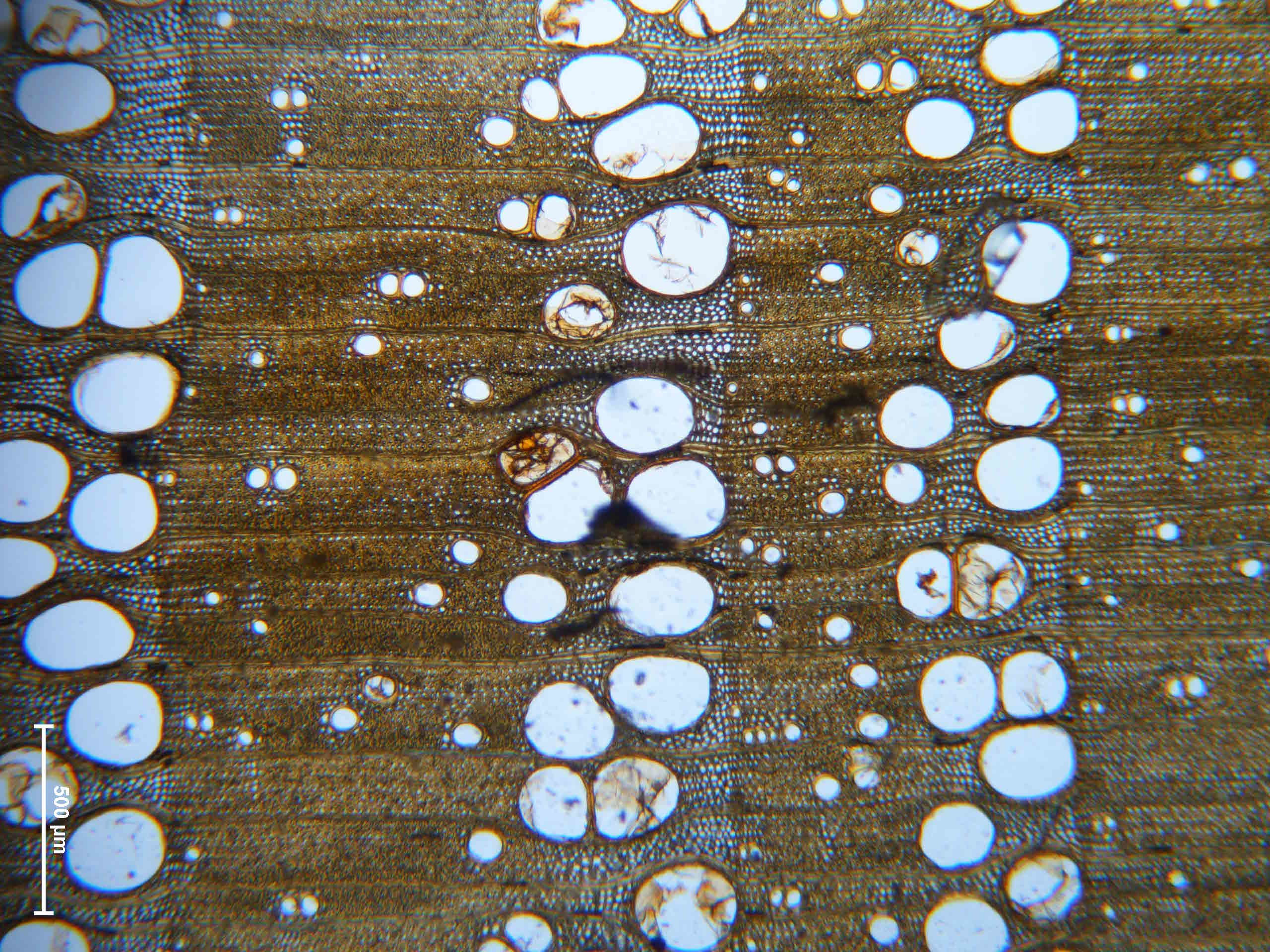Thin section
From Lynch (2009): “s. From initial observation, the tan color seems to indicate that the clay came from Lake Pontchartrain. The sample also has iron spots on the surface. The brick does not have a brickmaker’s stamp, although it is likely that the brick dates to the 1830s. This sample is regular in shape, has sharp edges, and is struck from header to header across the bedding face. The strike marks on the brick indicate that it was struck with a metal striking instrument, which is consistent with the period. The presence of sand in the surface indicates that sand was used as a molding lubricant. Given these characteristics, the brick appears to have been hand-made using the soft-mud method.”
From Lynch (2009): “From initial observation, the tan color seems to indicate that the clay came from Lake Pontchartrain. The sample also has iron spots on the surface. The brick does not have a brickmaker’s stamp, although it is likely that the brick dates to the 1830s. This sample is regular in shape, has sharp edges, and is struck from header to header across the bedding face. The strike marks on the brick indicate that it was struck with a wire, which is consistent with the period. The lack of sand in the surface indicates that oil was used as a molding lubricant. Given these characteristics, the brick appears to have been hand-made using the stiff mud method.”
From Lynch (2009): “From initial observation, the tan color seems to indicate that the clay came from Lake Pontchartrain. The sample also has iron spots on the surface. The brick does not have a brickmaker’s stamp, although it is likely that the brick dates to the 1830s. This sample is regular in shape and has sharp edges, although the striking direction is unclear. The strike marks on the brick indicate that it was struck with a wood striker, which is consistent with the period. The presence of sand in the surface indicates that it was used as a molding lubricant. Given these characteristics, the brick appears to have been hand moulded using a soft-mud machine”




